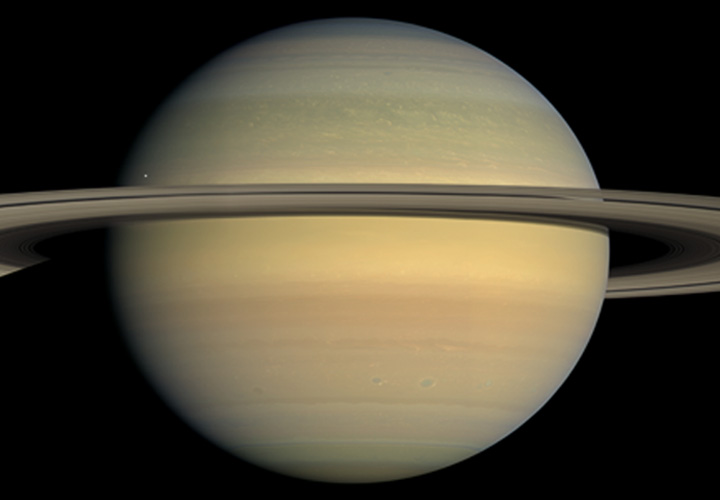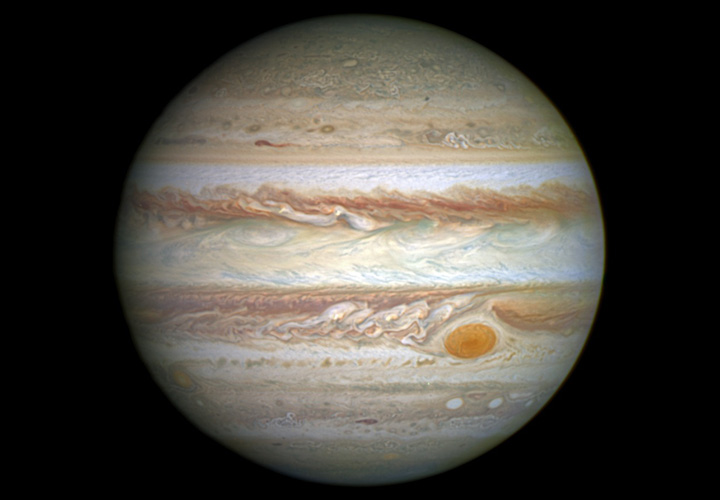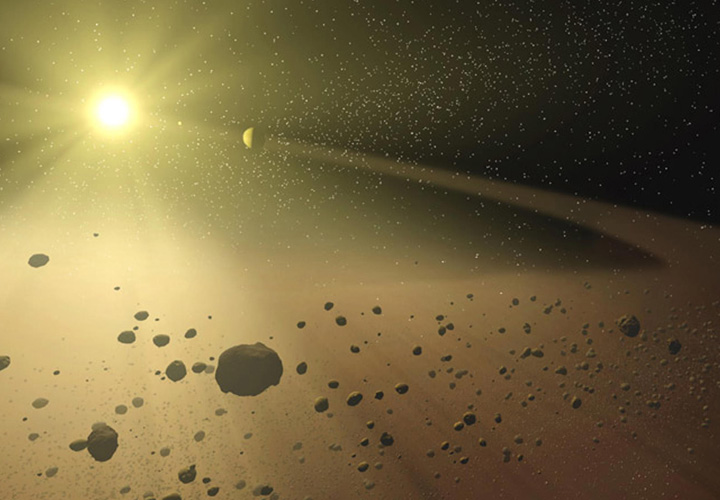15 Facts about Saturn: The Crowned Giant
Saturn ( ♄ , शनि ) can be deemed as the most royal planet of the Solar System. With a huge set of rings, the distinctive look of Saturn makes it the most talked-about planet. This fascinating planet is even more interesting from the close. Here are some interesting facts about Saturn, the one with the rings: Saturn has only one-eighth of the average density of Earth Saturn’s astronomical symbol (♄) represents the god’s sickle An apparent oddity is that it does not have any known Trojan Asteroids. Trojans have been discovered for Earth, Mars, Jupiter, Uranus, and Neptune Appendix: AU The equatorial diameter of Saturn is 11,808 km longer than the diameter measured through the poles while the diameter of Earth is only 12,742 km The outermost layer of Saturn spans 1,000 km and consists of gas Appendix: Metallic Hydrogen Saturn’s finer cloud…
62 accrete agriculture amazing apparent magnitude article asteroid belt asteroids atmosphere AU aurorae awesome axis bands belts bulge cassini collisions comets core density dust earth elon musk Enceladus energy equatorial Facts galaxies galilean Galileo galilei gas giant god gravity helium hexagonal hydrogen ice ice asteroid interesting isro jovian jupiter magnetic field Mars mass metallic hydrogen microbial milky way moon moons mteorite mythology nasa nebula neptune north pole oblate pioneer 10 planetesimals planets polar polar vortex premordial pressure protoplanets radiation radius religion rings roman rotation saturn science sickle sixth solar solar system south pole space spacecraft spacex spheroid storm sun super earths tesla titan trojan asteroids uranus volume voyager water
15 Facts about Jupiter: The King of the Gods
Jupiter (♃ , बृहस्पति) is the giant of our Solar System. Not only Jupiter is very huge, its gravitational force also helped in sculpting the structure of the Solar system, as we see today. First of the giant planets, Jupiter is a mammoth ball of gas with many striking features. Here are some interesting facts about Jupiter, the giant of the giants: Jupiter is the fifth planet from the Sun and the largest in the Solar System Roman god Jupiter is also called Jove which is the reason behind the name Jovian planets. ‘Jovian planets’ is the other term used for ‘Giant planets’ Jupiter’s upper atmosphere is about 88–92% Hydrogen and 8–12% Helium by percent volume of gas molecules Jupiter’s rotation is the fastest of all the Solar System‘s planets But like the other giant planets, Jupiter lacks a well-defined solid surface Astronomers have…
accrete amazing apparent magnitude article asteroid belt asteroids atmosphere AU aurorae awesome axis belts brown dwarf bulge callisto cassini collisions core density dust earth eddy currents elon musk energy equatorial europa extrasolar planets Facts galaxies galilean Galileo galilei ganymede giant god gravity great red spot helium hydrogen ice asteroid interesting io isro jove jovian jupiter jupiter mass king magnetic field Mars mass metallic hydrogen milky way moon moons mteorite mythology nasa nebula new horizon oblate pioneer 10 planetesimals planets polar premordial pressure protoplanets radiation radius red dwarf religion rings roman rotation saturn science Simon Marius sky solar solar system space spacecraft spacex spheroid star storm sun super earths tesla thunder trojan asteroids volume voyager water
15 Facts about Asteroid Belt: The Planet that Never Became One
Between tiny Mars and humongous Jupiter, lies a band of objects known as Asteroid Belt. This belt of ‘minor planets’ was supposed to be a planet but Jupiter’s gravity didn’t let that happen. So, it ended up as Sun‘s own ring system made up of asteroids and a dwarf planet. Here are some interesting facts about the Asteroid Belt: The Asteroid Belt is also termed the ‘Main Asteroid Belt’ or ‘Main Belt’ to distinguish it from other asteroid populations in the Solar System such as near-Earth asteroids and Trojan Asteroids Collisions became too violent and instead of fusing together, the Planetesimals and most of the Protoplanets shattered and formed the Asteroid Belt Appendix: Accrete, Primordial Computer simulations suggest that the original Asteroid Belt may have contained the mass equivalent to the Earth Although some scientists refer to the asteroids as residual Planetesimals, other scientists consider them…
1991 ry 7472 kumakiri accrete amazing apparent magnitude article asteroid belt asteroids atmosphere AU awesome axis basaltic c type carbonaceous ceres comets core crater disc dwarf planet earth elon musk energy Facts family galaxies Galileo galilei gravity greek groups heinrich olbers helium hemisphere hydrogen hygiea interesting isro juno jupiter kiyotsugu hirayama m type main belt Mars metal-rich methane milky way minor planets moon mteorite nasa near-earth asteroids nebula northern oceans outgassing oxygen pallas pioneer 10 planetesimals planets premordial pressure protoplanets radiation s type science silicate snow life solar solar system southern space spacecraft spacex star like sun tesla trojan asteroids v type venus vesta voyager water william Herchel


